Sapodilla is a wonderful tropical fruit.
Learn about the different varieties and collect some tips and ideas on how to use the amazing fruit!
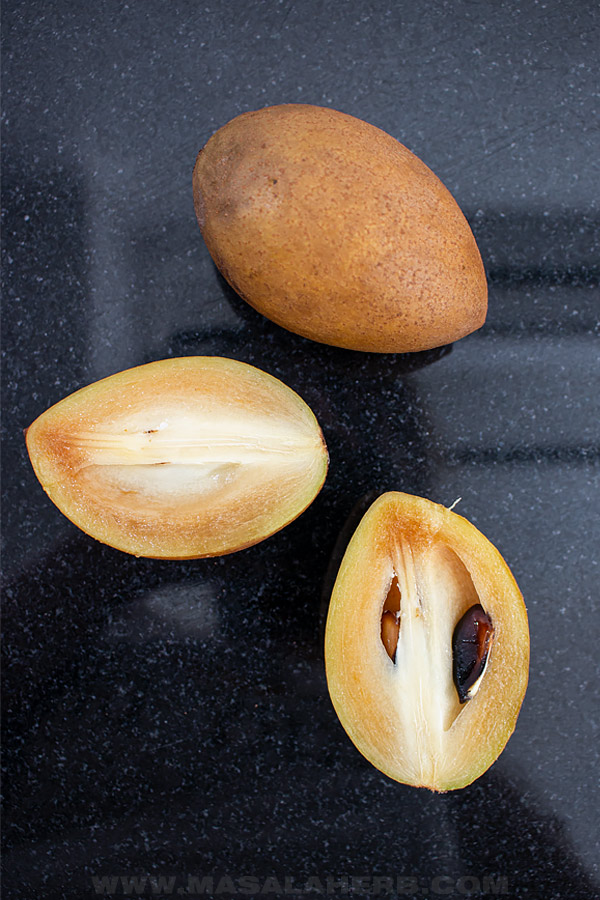

Global Food Recipes
with Spices and Herbs
Free E-Book available for a limited time. Grab yours now and get instantly inspired!
You missed out!
What is the Sapodilla Fruit?
Sapodilla is a brown, round to oval-shaped, fruit.
Sometimes this fruit is also called chicozapote, sapota, naseberry, or nispero in the Caribbean and American mainland and known as chikoo in India.
The taste of the fruit is best described as sweet with a mild pear-like undertone.
Its seeds are hard and hooked and consuming them may cause abdominal pain and vomiting.
The plant itself is native to Mexico and South America, but it grows in any tropical humid climate.
The fruit tree is evergreen and reaches a height of over 100 feet and its leaves are glossy green in color.
Nowadays, the fruit is cultivated in large quantities in India.
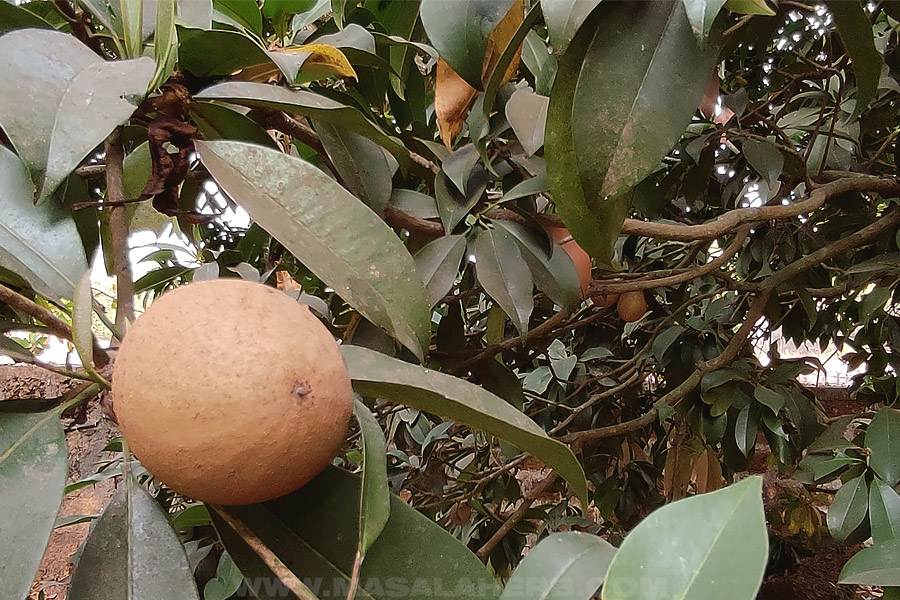
Varieties
There are numerous varieties of the sapodilla fruit. The main ones are:
- Alano: This variety is from Hawaii (US). It is conical-roundish in shape and brown in color. The texture of its pulp ranges from smooth to granular.
- Tikal: This one can be found in the United States. It is round to conical to ovate in shape and has a patchy grey pattern on its brown skin. Its pulp is pinkish tan in color and has a granular texture.
- Morena: This variety comes from Mexico. It is oval in shape. Its pulp is brownish-red in color and has a smooth texture.
- Hasyá: This variety is from Mexico. It is oval to slightly conical in shape and is light brown in color. Its pulp is brownish-red in color. This is also considered the best variety of sapodilla.
- Silas woods: It is said that this variety originated in the Central American rain forests, probably in Mexico and Belize. It is conical to ovate in shape and usually brown in color. It tastes like brown sugar.
- Makok: This variety can be mainly found in Thailand. It is oval to slightly conical in shape and is light brown in color. This variety is known for its apple pie-like taste with hints of brown sugar and cinnamon.
- Molix: This variety also comes from Mexico and is very similar to the Morena variety. It is also oval in shape and its pulp is also brownish-red in color with a smooth texture. However, it may be slightly smaller than its Morena counterpart.
- Makok: This is another variety from Thailand. It is conical in shape and is light brown in color. Its pulp is light brown to slightly greenish-red in color and has a smooth texture.
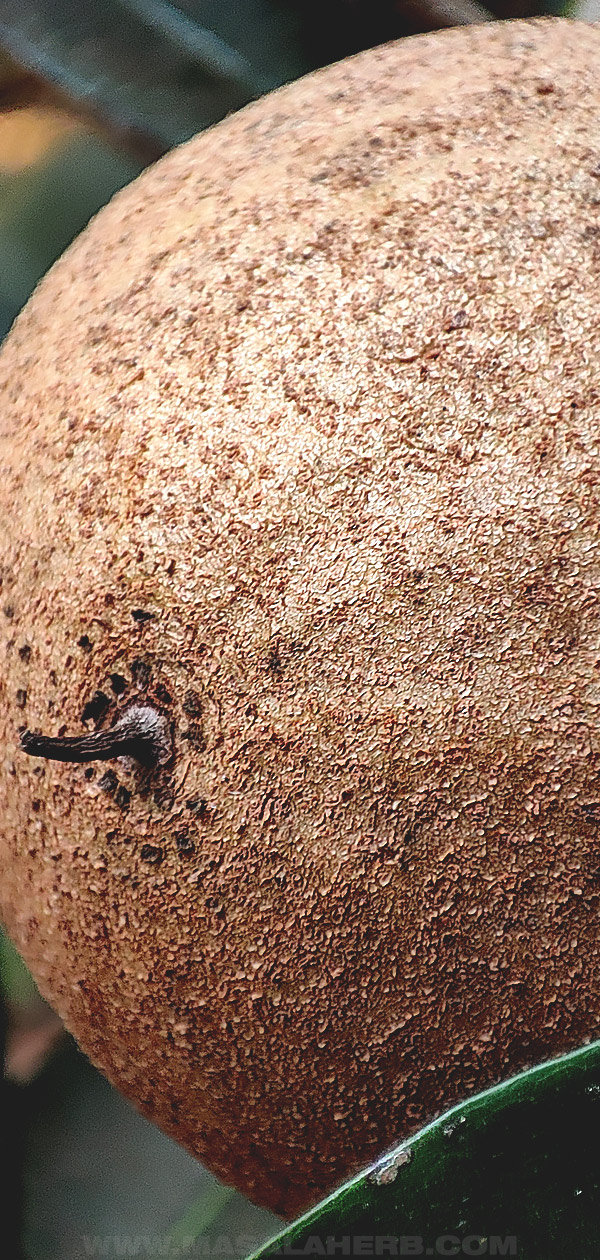
For Use
Sapodilla tastes great in fruit salads, milkshakes, and smoothies.
It is not easy to cook it since it releases a sticky substance when heated.
The only way to avoid gumminess in your sapodilla dish is to continuously skim the latex-like scum and then adding sugar to improve the texture.
The fruit can be used to make ice creams, barfi (Indian sweet), halwa (a traditional Indian sweet), etc.
It may be used as an add-on in parfaits, kheer (an Indian milk-based dish). It can also be blended, frozen in batches, or even as ice cubes to use in milkshakes, or even dehydrated.
Storage
Once cut from the tree, the fruit emits a sticky white glue-like substance. This can be stopped by wrapping cotton or wax.
It is optional to refrigerate the sapodilla. However, it is recommended to keep the fruit refrigerated in tropical or hot climates to make it last for a few days.
Sapodilla can also be cut into small pieces and stored in a container with a lid or zip lock bag in a refrigerator or freezer.
If frozen, the fruit will need to thaw before consumption and as a result, may become mushier.
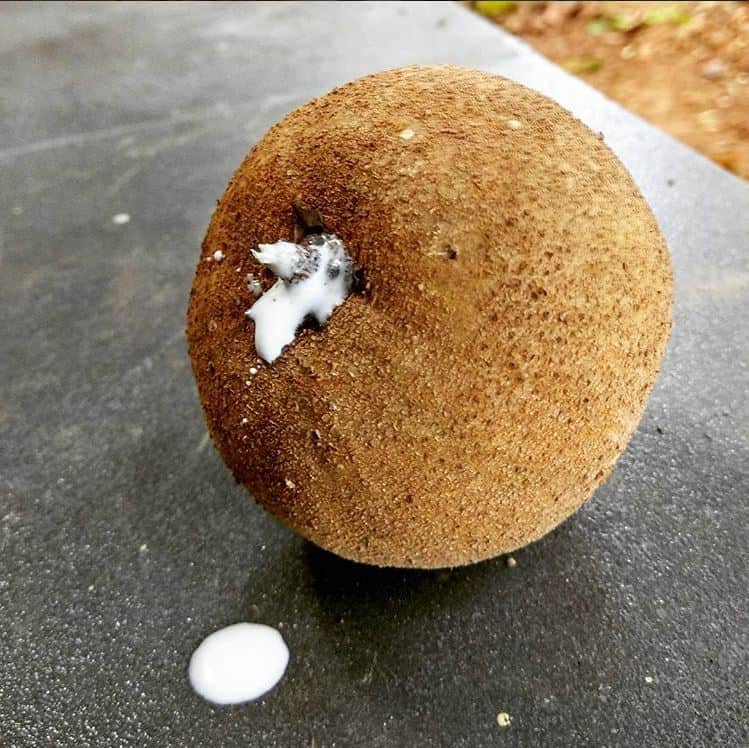
FAQs
Yes. The skin of this fruit is soft. Although, some varieties may have grainer or thicker skin.
Sapodilla is in season from December to March in India and between May to September in Florida (this may vary from state to state). In Mexico, there are two peak seasons: (i) February to April; and (ii) October to December.
Sapodilla fruits are ripe when they are no longer hard and green when poked. If it has been plucked from a tree, it will ripen in a few days, unless it was too green when plucked
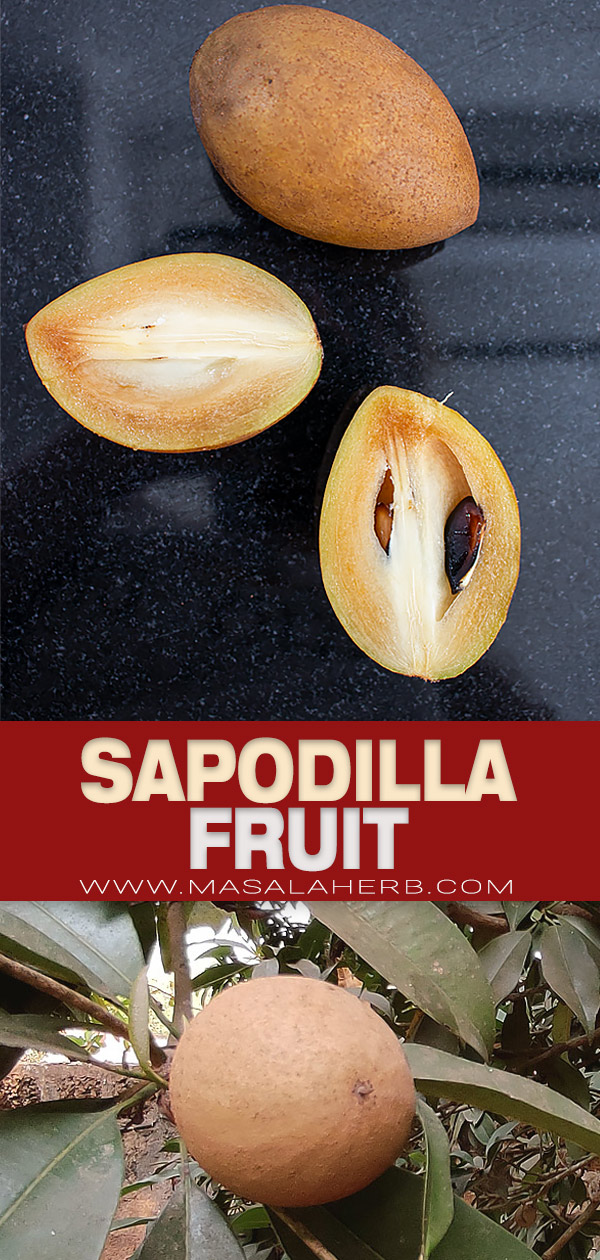

Comments
No Comments